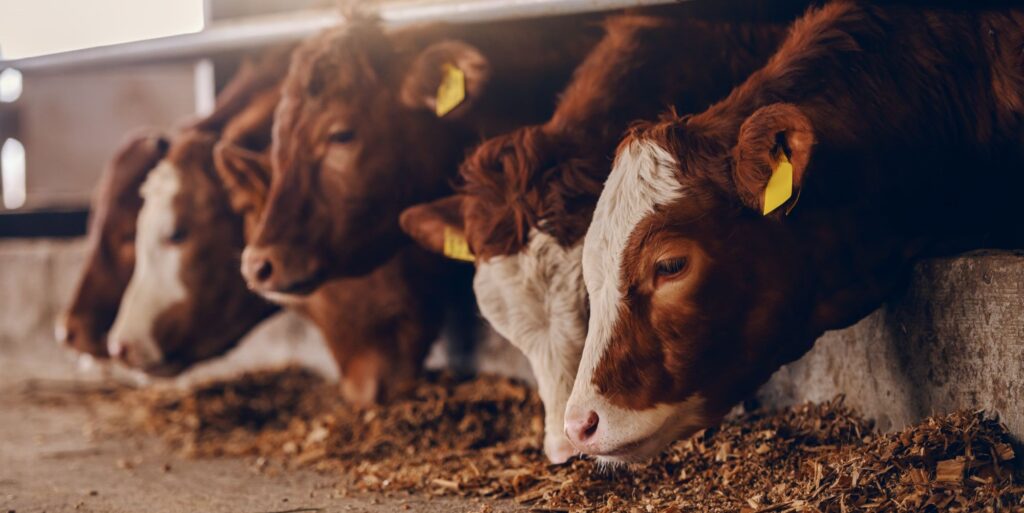H5N1 avian influenza has recently captured significant scientific and public health attention in the United States. What was once primarily a concern for poultry and dairy farmers has evolved into a more complex scenario that requires the business community’s attention.
The Spread and Detection of H5N1 in Dairy Herds
Since the detection of H5N1 in dairy herds In March and April of 2024, H5N1 has been identified in 720 dairy herds in 15 states. A comprehensive investigation into the spread of H5N1 among Michigan farms identified significant biosecurity concerns related to shared equipment and personnel and highlighted challenges in controlling the spread of H5N1 between farms.

Despite this, the United States has not moved to limit these practices. In contrast, Australia, which has other strains of highly pathogenic avian influenza (HPAI) but not H5N1, implements comprehensive movement restrictions that apply to animals and equipment, a practice that has helped limit the geographic spread of HPAI.
Due to the limited preventative measures and expanded testing, PHC Global expects that H5N1 will be identified in additional states and dairy herds in the coming days and months.
Detection of H5N1 in humans
As H5N1 has expanded geographically, human cases have also increased. Initially, H5N1 cases in humans were limited to people who had known close contact with dairy cattle or poultry. More recently, cases have been reported in Missouri and California among individuals with no known animal exposure.

This strongly suggests the virus’s spread is much more extensive than surveillance data indicate. Like the early days of the COVID-19 pandemic, limited surveillance testing for H5N1 has allowed the virus to establish a substantial presence in the agricultural sector.
PHC expects additional cases to be identified in people with no known animal exposure in the coming weeks.
Detection of H5N1 in raw milk
In recent years, consuming raw milk has gained popularity in some online wellness communities and has even been endorsed by prominent public figures despite well-documented evidence of its risks. While drinking raw milk has always carried significant health risks, the possibility of the live H5N1 virus being present is new.
On April 1, PHC issued an alert advising people to avoid drinking raw milk. As predicted, the live H5N1 virus was detected in raw milk and subsequently some products were recalled in November. Additionally, on December 10, health officials announced they are investigating a possible link between a suspected avian flu case and raw milk consumption in Marin County, California. PHC expects that live H5N1 will continue to be detected in raw milk and strongly advises against consuming it.
Announcement of Bulk Milk Testing
The USDA has announced that it will begin widespread bulk milk testing across the United States to help track the virus’s spread among dairy herds. Scientists can map the virus’s geographical distribution and mutation patterns by testing milk samples from multiple farms and regions.

Prior to the USDA-led testing, independent scientists were already monitoring H5N1 spread through the testing of grocery store milk. While these localized studies provided proof of concept, large-scale surveillance remains a critical government function.
While the USDA’s testing initiative may be coming late in the H5N1 outbreak, this new initiative is a welcome development.
“One Mutation Away”
A widely shared scientific paper suggested that H5N1 could be “one mutation away” from becoming highly transmissible among humans. This does not mean imminent human-to-human transmission is inevitable, but it highlights the virus’s potential adaptability as influenza viruses rapidly mutate. The “one mutation” scenario suggests a specific genetic modification could enable more efficient human-to-human transmission.
Currently, this specific mutation scenario remains a theoretical possibility. The overall risk of H5N1 infection is low for the general population. Heightened precautions, such as appropriate personal protective equipment, are warranted for people with direct or indirect contact with dairy herds or poultry.
However, this paper is a stark reminder, much like the symbolic Doomsday Clock, that we are inching closer to another flu pandemic.
Continued Vigilance Necessary
While the current situation doesn’t warrant panic, it demands careful attention. The research community is closely monitoring H5N1 viral samples and tracking potential mutations. The business community needs to be just as engaged in developing and testing preparedness strategies to get through another pandemic.
Early warning helps your business prepare and respond to threats, including pandemic influenza. Don’t let the next biological threat compromise your business continuity. Sign up for a free trial of PHC Pharos today and equip your business with the tools needed to protect your people, assets, and revenue in our ever-changing world.



